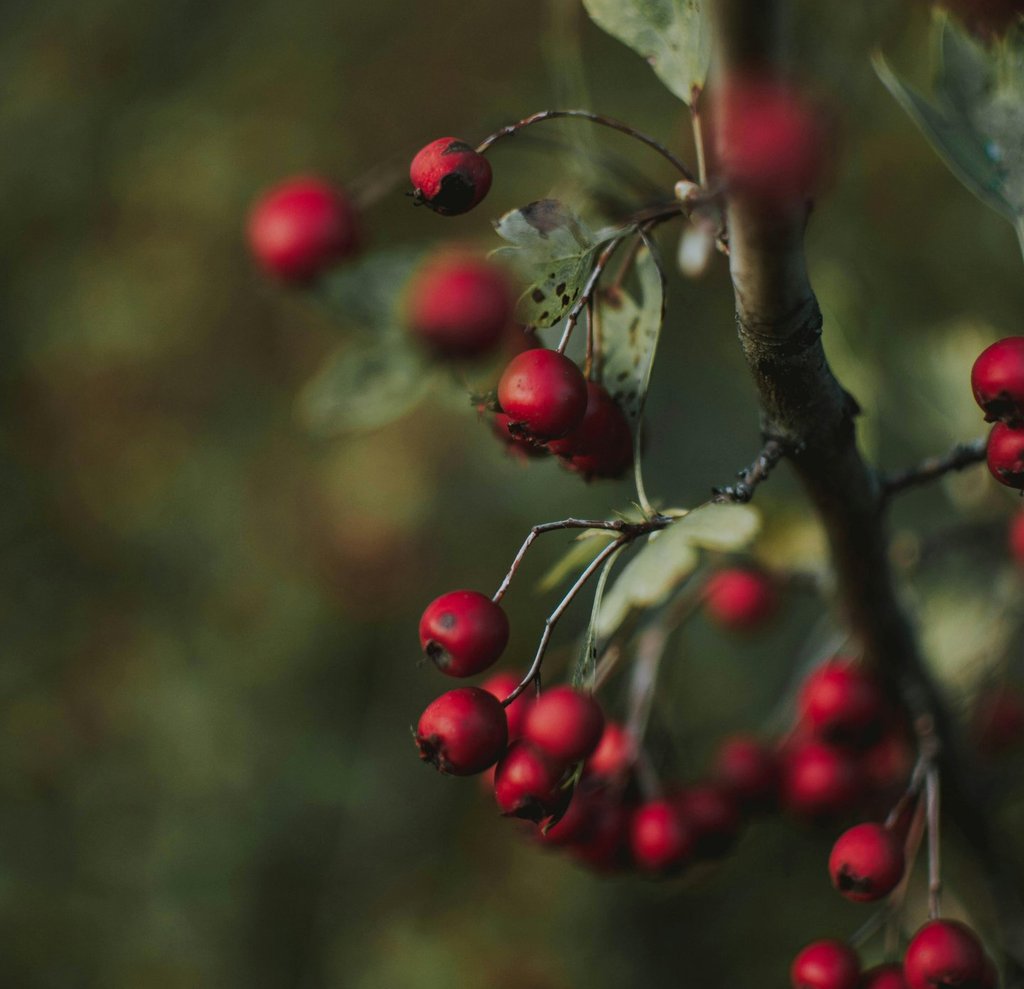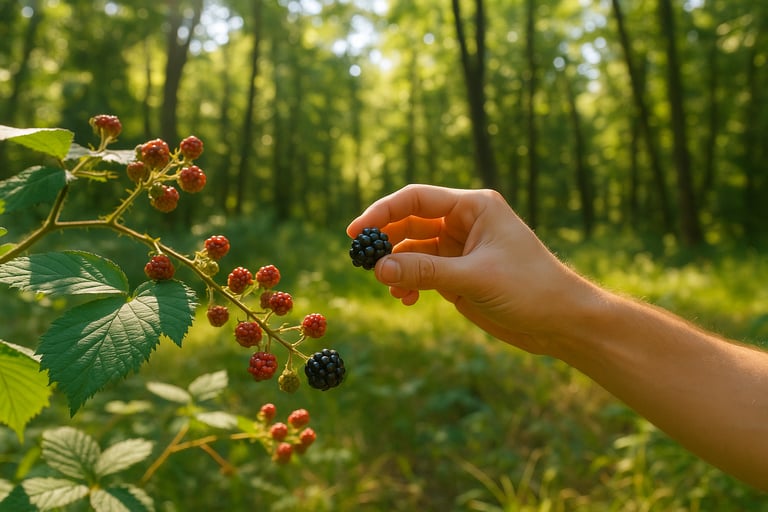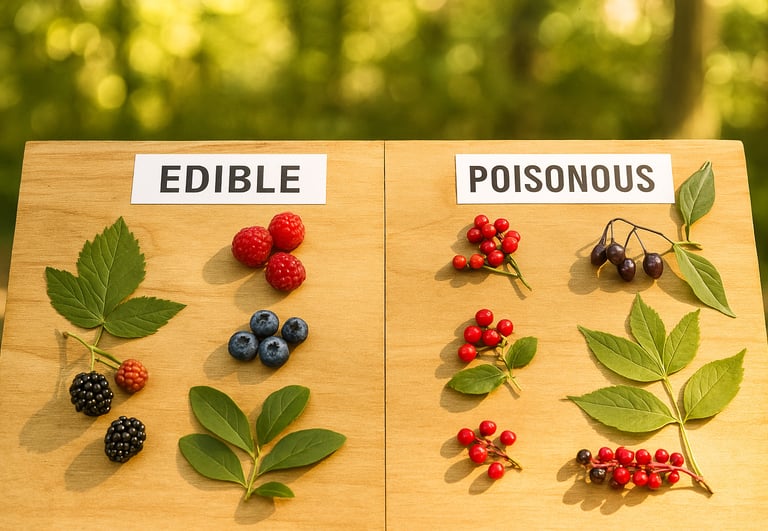Wild Berries You Can Eat (and Ones You Should Avoid)
Learn how to safely identify wild edible berries and avoid poisonous lookalikes. This beginner-friendly foraging guide explains which wild berries you can eat and which to steer clear of when surviving in the wilderness.


Wild Berries You Can Eat (and Ones You Should Avoid)
Why Knowing Wild Berries Matters for Survival
If you're spending time in the wilderness, knowing which wild berries are safe to eat can be incredibly useful. Some berries offer a quick source of energy, vitamins, and hydration. Others, however, can cause stomach issues, hallucinations, or worse.
The good news is that many edible berries grow abundantly in forests, meadows, and along trails. But there are also a handful of dangerous lookalikes that can fool the untrained eye. This guide will walk you through the basics of wild berry identification, including common edible varieties and berries you should always avoid.
Common Wild Berries That Are Safe to Eat
Several wild berries are not only safe to eat but also quite delicious. Blackberries and raspberries are among the easiest to identify. Their cane-like brambles and compound fruits are hard to mistake, and they grow throughout much of North America in sunny clearings and field edges.
Mulberries are another great option, growing on trees rather than shrubs. These berries ripen from white or red to deep purple and are sweet when fully mature. Serviceberries, also known as Juneberries, resemble blueberries and grow on small trees or tall bushes. They have a mild, sweet flavor and are often found near woodland edges or open trails.
Elderberries are a bit more complex. While cooked elderberries are edible and commonly used in syrups or teas, raw elderberries and their stems, leaves, and unripe fruit contain toxins and should not be eaten uncooked (Learn how to make wild plants safer to eat in How to Prepare and Cook Edible Wild Plants Safely). For more safe options, check out the Top 10 Edible Wild Plants You Can Safely Forage in North America.
When foraging, always wait until berries are fully ripe, and pick from clean, unpolluted areas away from roads or sprayed fields.
Poisonous Berries to Watch Out For
Unfortunately, not all berries are safe. In fact, some of the most brightly colored ones can be quite harmful.
Doll’s eyes (also known as white baneberry) produce striking white berries with a black dot, resembling tiny eyes. These are highly toxic and can cause cardiac effects if ingested. Honeysuckle berries, often red or orange, are mildly poisonous and may cause vomiting or digestive distress.
Another common one to avoid is the pokeweed berry, which starts out green, then ripens to a deep purple-black. While birds can eat them without issue, pokeweed berries — along with the entire plant — are toxic to humans.
Nightshade berries, which look similar to small, glossy black or red cherries, are another serious hazard. These grow on vine-like plants and contain solanine, a toxic compound that can lead to symptoms ranging from nausea to neurological effects.
The best rule to follow in the wild: If you’re unsure, don’t eat it. And never assume a berry is safe just because birds or animals are eating it — their digestive systems are different from ours.
How to Safely Forage for Wild Berries
Proper identification is key. Learn to recognize not just the berries, but also the leaves, stems, and growth patterns of the plant. Many edible berries have thorns, compound leaves, or distinctive bark that help set them apart from dangerous species.
Always carry a berry identification guide or use a reputable foraging app, but don’t rely on apps alone. Cross-reference your finds with multiple sources, and when in doubt, leave the plant alone. See tips for safe tech use in the wild in How to Use Foraging Maps and Plant ID Apps for Safe Wild Edible Discovery.
Taste should never be your first test. Many toxic berries taste sweet, making them even more deceptive. Some seasoned foragers also mark berry patches they find in spring and return in summer when the fruit ripens — a great strategy if you're building a survival plan for long-term living off the land.
Final Thoughts on Eating Wild Berries
Wild berries can be a valuable survival food, but only if you know what you’re doing. Take time to study the landscape; learn your region’s native plants, and practice identifying edible and toxic species before you rely on foraging for food.
Start with easy-to-identify berries like blackberries or raspberries, and work your way up to trickier species. With practice, you’ll gain confidence and develop a sharper eye for detail.
When foraged safely and responsibly, wild berries can be a delicious and energizing addition to your outdoor adventures or emergency survival plan.




© 2025. All rights reserved About | Privacy Policy | Terms and Conditions | Affiliate Disclosure | Disclaimer


